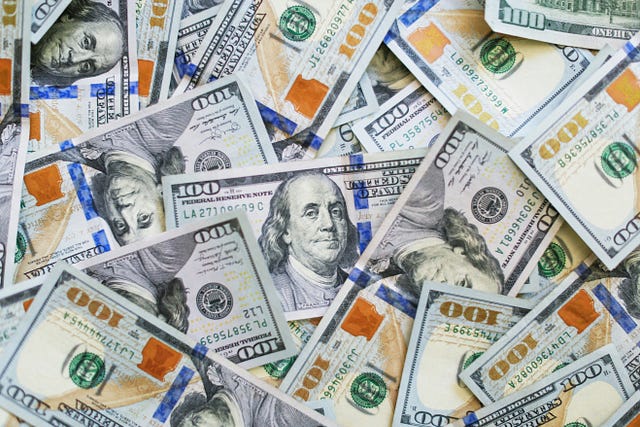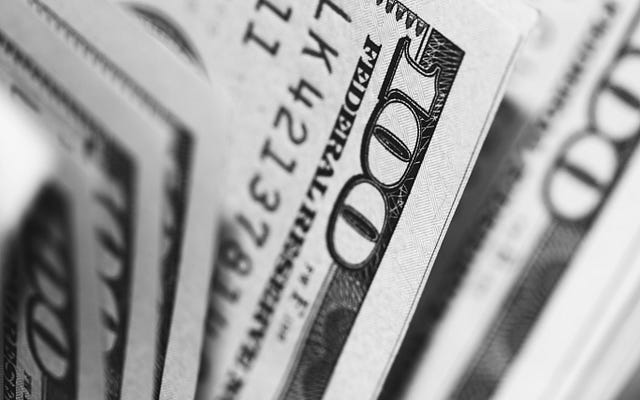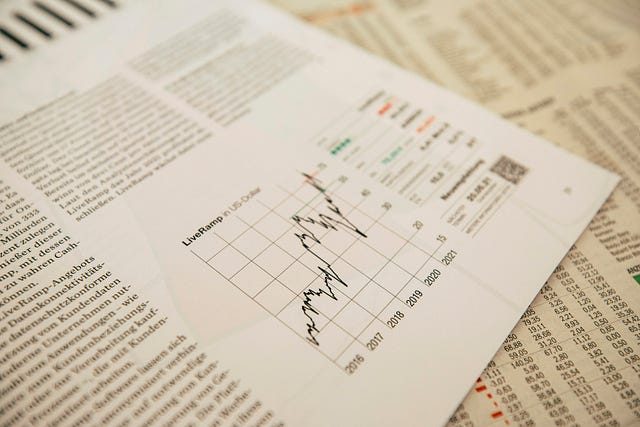Is Your Cash FAKE? The Shocking Truth About How Banks “Print” Money (Spoiler: They Don’t!)
Is Your Cash FAKE? The Shocking Truth About How Banks “Print” Money (Spoiler: They Don’t!)

Is Your Cash FAKE NEWS? The Shocking Truth About How Banks “Print” Money (Spoiler: They Don’t!)
Ever stared at a crisp twenty-dollar bill and wondered: where on earth does all this money come from? Maybe you’ve seen movies where a shadowy figure bursts out of a bank with overflowing bags — is that how it works? Or perhaps you suspect a hidden government printing press churning out endless streams of cash?
The truth, dear reader, is far more fascinating (and way less Hollywood). While the idea of a giant money machine might be entertaining, it’s a myth. In reality, the control of your hard-earned cash lies not with some shadowy organization, but with a powerful entity known as the central bank. But don’t be fooled — central banks don’t simply “print money.” They wield a sophisticated arsenal of tools to influence the flow of money throughout the economy, impacting everything from the price of your groceries to the interest rate on your mortgage.
- see more articles like this at my blog, Financial Invests: Win At Wealth
Prepare to have your mind blown. This article will debunk the Hollywood myths and take you on a thrilling journey into the world of central bank monetary policy. We’ll explore the surprising ways central banks actually control the money supply, and how these actions influence your everyday life.

Photo by Pepi Stojanovski on Unsplash
Beyond the Printing Press: Unveiling the Central Bank’s Toolkit
Forget the image of a giant printing press churning out endless stacks of bills. In reality, central banks wield a much more nuanced set of tools to influence the money supply and achieve economic stability. Let’s delve deeper and explore the key mechanisms at play:
Open Market Operations are a fascinating dance between the central bank and commercial banks. Imagine the central bank acting like a giant buyer and seller in the open market, specifically targeting government securities. When the central bank purchases government bonds from commercial banks, it injects new money into the economy. This happens because the commercial banks now have more reserves, which are essentially their own holdings of cash. With these increased reserves, commercial banks are more likely to lend money to businesses and individuals. Conversely, when the central bank sells government bonds, it effectively reduces the amount of reserves held by commercial banks, tightening the money supply and making it less likely for them to lend.

Reserve Requirements give the central bank another lever to pull. These requirements dictate the minimum amount of reserves that commercial banks must hold against their deposits. By raising reserve requirements, the central bank forces banks to hold onto more cash, limiting their ability to lend money. This, in turn, slows down economic growth. Lowering reserve requirements has the opposite effect, stimulating lending and economic activity by allowing banks to extend more credit.
Interest Rate Policy is perhaps the most well-known tool in the central bank’s arsenal. Central banks can influence short-term interest rates through various means, with a key benchmark being the federal funds rate. This is the interest rate at which banks lend reserves to each other overnight. By raising the federal funds rate, the central bank discourages borrowing and encourages saving. This ultimately slows down economic growth and helps to keep inflation under control. Conversely, lowering the federal funds rate makes borrowing cheaper, encouraging investment and spending, which can stimulate economic activity.

The Delicate Dance: Balancing Growth and Stability
Central banks don’t operate in a vacuum. Their primary objective is to maintain economic stability by juggling two key factors: inflation and economic growth.
Inflation refers to a sustained increase in the general price level of goods and services in an economy over time. A moderate level of inflation can be healthy, as it encourages spending and economic activity. However, excessive inflation can erode purchasing power and discourage investment.
Economic Growth refers to the expansion of the overall size of an economy, measured by Gross Domestic Product (GDP). Central banks strive to promote healthy economic growth, which typically translates to increased employment, higher wages, and a rising standard of living.

The challenge lies in striking a balance. Using the tools mentioned above, central banks attempt to keep inflation under control while fostering an environment conducive to economic growth. This often involves a delicate dance, with adjustments being made as economic conditions evolve.
The Role of Commercial Banks: Distributing the Money Supply
While central banks create reserves, it’s commercial banks that play the primary role in distributing money throughout the economy. Here’s how it works:
Deposit Creation is the magic trick that allows the money supply to expand beyond the initial amount of reserves created by the central bank. When you deposit your cash into a commercial bank, you’re essentially lending that money to the bank. The bank then uses a portion of those deposits to make loans to businesses and individuals. This process is known as fractional-reserve banking. The key here is that banks don’t lend out all your deposited cash. They keep a portion in reserve to meet withdrawal requests and comply with regulations. But the remaining portion becomes available for loans, effectively increasing the money circulating in the economy.
Loan Applications act as a gatekeeper for this newly created money. Banks assess the creditworthiness of potential borrowers and set interest rates based on risk. This helps ensure that loans are distributed responsibly and that borrowers can repay their debts. Only if a borrower meets the bank’s criteria will they be granted access to the money supply, influencing where and how money flows within the economy.

Impact on Interest Rates plays a crucial role in borrower behavior. Changes in central bank interest rates typically influence the interest rates offered by commercial banks. When the central bank raises interest rates, commercial banks tend to follow suit, making loans more expensive. This discourages borrowing and slows down economic activity. Conversely, lower central bank interest rates lead to lower lending rates from commercial banks, stimulating borrowing and economic growth. In this way, central bank policy decisions ripple through the financial system, impacting the choices of businesses and individuals, ultimately shaping the overall health of the economy.
As you can see, the control of money goes far beyond the image of a giant printing press. Central banks wield a complex set of tools to influence the money supply, impacting everything from the interest rate on your savings account to the availability of credit for businesses. Understanding these mechanisms can shed light on how economic decisions are made and how they affect your everyday life.




